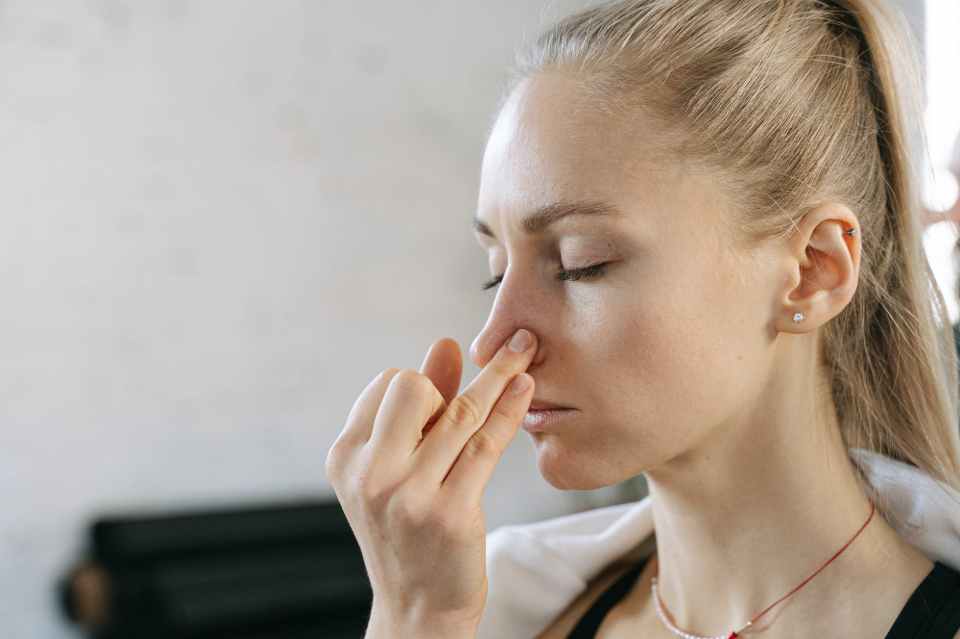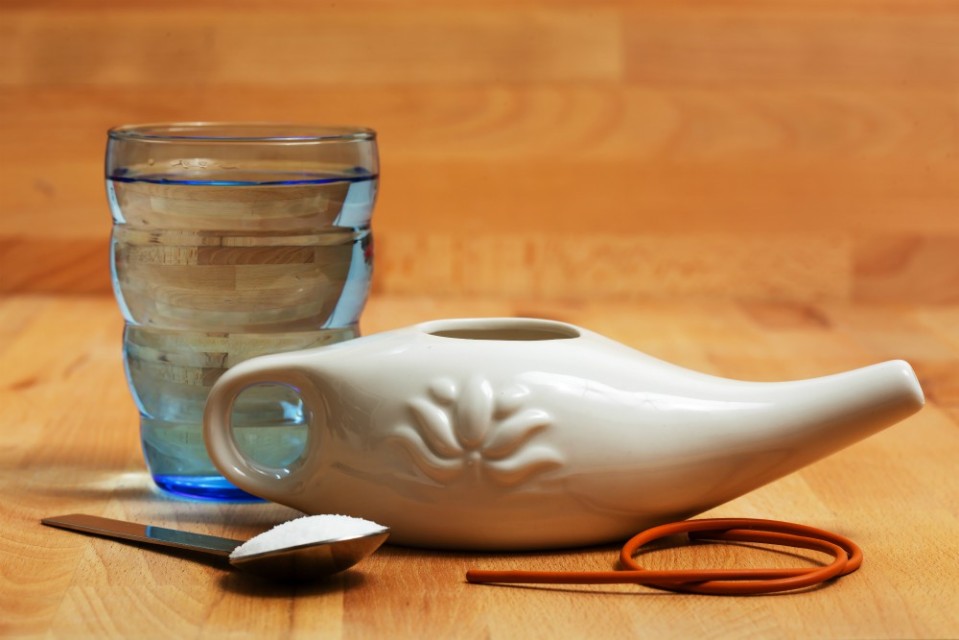Pranayama is one of the most common aspects of a yogic practice, along with meditation(dhyana) and physical postures(asanas). Pranayama is often defined as ‘Breath Control’, which is not wrong, but there is more to it. Prana means ‘life force’ and ayama means ‘expansion’. So a more correct definition would be ‘Expansion of Life Force’.
Four aspects of Pranayama
A pranayama practice consist of four stages.
1. Pooraka, meaning inhalation
2. Rechaka, meaning exhalation
3. Antar Kumbhaka, meaning internal breath retention
4. Bahir Kumbhaka, meaning external breath retention.
If you experiment you will see that each step has a different effect. A deep inhalation will be a different experience than a deep exhalation, and so will both breath retentions. A practitioner of pranayama will usually start with a focus on the inhalation and exhalation until a certain level of strength in the lungs is achieved as well as balance in the nervous- and pranic system. Gradually the kumbhaka is implemented. The pranayama practice influence the flow of prana in the energy channels(nadis) which purifies, regulate and activate them. The effects of that being physical and mental stability.
The Pranic Body
In yogic tradition, the body consist of not just the physical body, but there are in total five bodies, or five sheats of body. These are:
- Annamaya Kosha, meaning the food body, or the physical body.
- Manomaya Kosha, meaning the mental body.
- Pranamaya Kosha, meaning the energy body.
- Vijnanamaya Kosha, meaning the psychic og intuitive body
- Anandamaya Kosha, meaning the bliss body.
For now we will only look at the Pranamaya Kosha. The Pranamaya Kosha consist of five different types of prana.
- Prana
- Apana
- Samana
- Udana
- Vyana
In this context, Prana is not the cosmic energy, but a flow of energy, associated with heart and respiratory organs together with muscles and and nerves that activate them. It is the force which brings the breath in. The Apana provides energy for the large intestine, kidneys, anus and genitals. It has to do with expulsion of waste from the body as well as bringing the breath out. The Samana activates and controls the digestive system: liver, intestines, pancreas and stomach and their secretions. It is responsible for transformation. On a physical level this relates to the assimilation and distribution of nutrients. On an evolutionary level it relates to kundalini and expansion of consciousness. Udana activates all the sensory receptiors. It also harmonises and activates the limbs and all their associated muscles, ligaments, nerves and joints. It is responsible for the erect postures of the body, sensory awareness and the ability ro respond to the outside world. At last we have Vyana which prevades the whole body, regulating and controlling all movement, and coordinating the other pranas. It acts as the reserve force for the other pranas.
Importance of correct breathing
Breathing is the most vital process of the body. It influences the activites of each and every cell and most importantly, is intimately linked with the performance of the brain. Generally, we breath about 15 times per minute, making it 21.600 times every day. Respiration fules the burning of oxygen and glucose, producing energy to power every muscular contraction, glandular secretion and mental process. The breath is intimately linked to all aspects of human experience. Unfortunately, most people breath incorrectly, using only a small part of their lung capacity. Shallow breathing is depriving the body of oxygen and prana which is essential for good health. Rhythmic, deep and slow breathing stimulates and is stimulated by calm, content states of mind. Irregular breathing disrupts the rhythm of the brain and leads to physical, emotional and mental blocks. These, in turn, lead to inner conflict, an unblanaced personality, a disordered lifestyle and disease. Pranayama practice will establish regular breathing patterns and breaking the negative cycle.
Remember this when you practice
- Contra indications
Before starting a pranayama practice, you should know of the contra-indications of the specific breathing technique. A general note is to never practice while being ill. Very simple techniques like breath awareness in shavasana may still be preformed. - Time of practice
The best time to practice pranayama is at dawn, when the body is fresh and the mind has few impressions. Right after sunset is also a good time to practice, but make sure not to practice energising pranayamas in the evening. - Bath or shower
Take a bath or showe before the practice. If you can’t do that, then at least washing of face, hands and feet. After the practice you should not take a shower or bath for at least half an hour, after the body temperature has normalised. - Clothes
Loose, comfortable clothing made of natural fibers is best. You may cover yourself with a sheet or blanket if it is cold. - Empty stomach
Always practice on an empty stomach. When there is food in the body, it creates pressure on the diaphragm and lungs, making deep respiration difficult. As a general note, wait 4 hours after a big meal and 2 hours after a snack. Also avoid taking stimulants like coffee and tobacco a few hours before the practice. - Place of practice
Always chose a quiet place where you wont be disturbed. Make sure it is clean and pleasant around you with good, fresh air in comfortable temperature. - Open airways
If your flow of breath in the nostrils is uneven or blocked, you can remove mucous by the practice of neti or kapalbhati. Padadhirasana can also be used to even out the breath if it’s uneven. - Sequence
The pranayama practice should be practiced after shatkarma and asanas, before meditation. It is always recommended to start your Pranayama practice with Nadi Shodhana(see instructions here). Nadi Shodhana, or Nadi Shuddi is balancing and purifying the nadis which forms the basis for successful pranayama. - Posture
Sit in a comfortable posture with erect spine. Siddha or Siddha Yoni asna or Padmasana are great postures for pranayama practice. - Avoid Strain
With all pranayama practices, its important to remember that the instruction not to strain, not to try to increase your capacity too fast, applies just as it does to asana practice. If one is advised to practice a pranayama technique until mastered, and it can be practiced without any strain or discomfort, it is wise to follow that instruction before moving on to a more advanced practice or ratio. Furthermore, breath retention should only be practiced for as long as is comfortable. The lungs are very delicate organs and any misuse can easily case them injury. Not only the physical body, but also the mental and emotional aspects of the personality need time to adjust. Never strain in any way..! - Side effects
Various symptoms may manifest in normally healthy people. These are caused be the process of purification and the expulsion of toxins. Sensations of itching, tingling, heat or cold, and feelings of lightness or heaviness may occur. Such experiences are normally temporary, but if the persist, check with a competent teacher. Energy levels may increase of fluctuate; interests may change. If such changes cause difficulty in lifestyle, decrease or stop the practice until a competent teacher or guru gives guidance.
Happy breathing!
Reference: Asana, Pranayama, Mudra, Bandha – Swami Satyananda Saraswati





